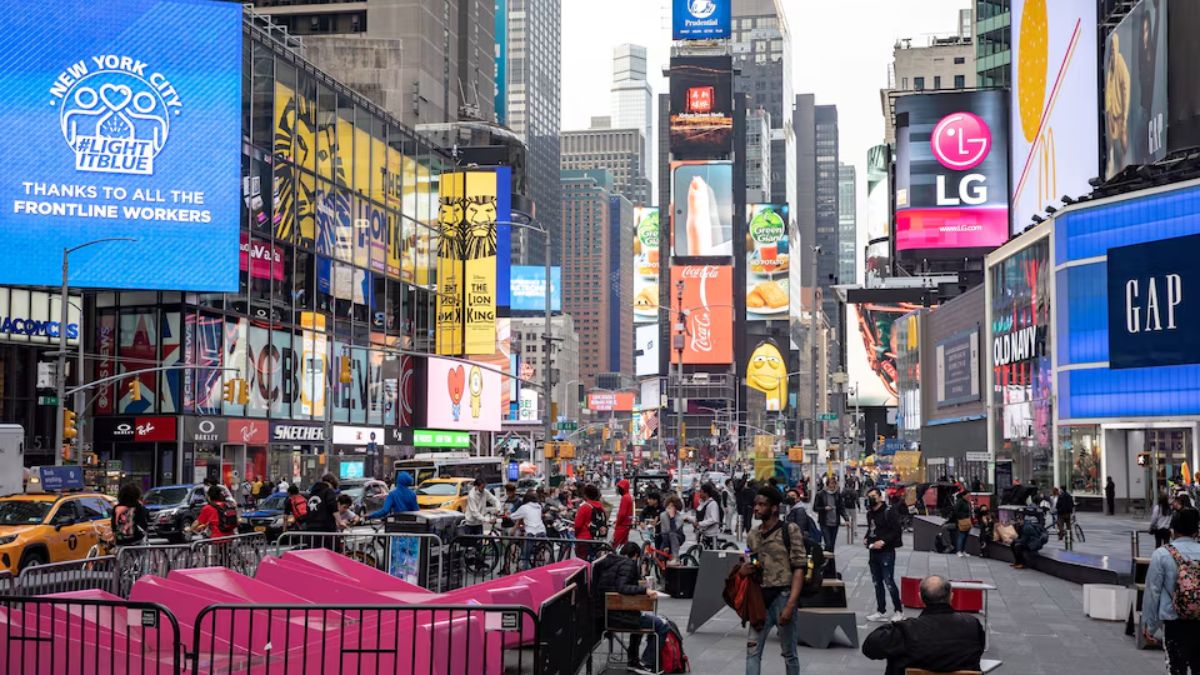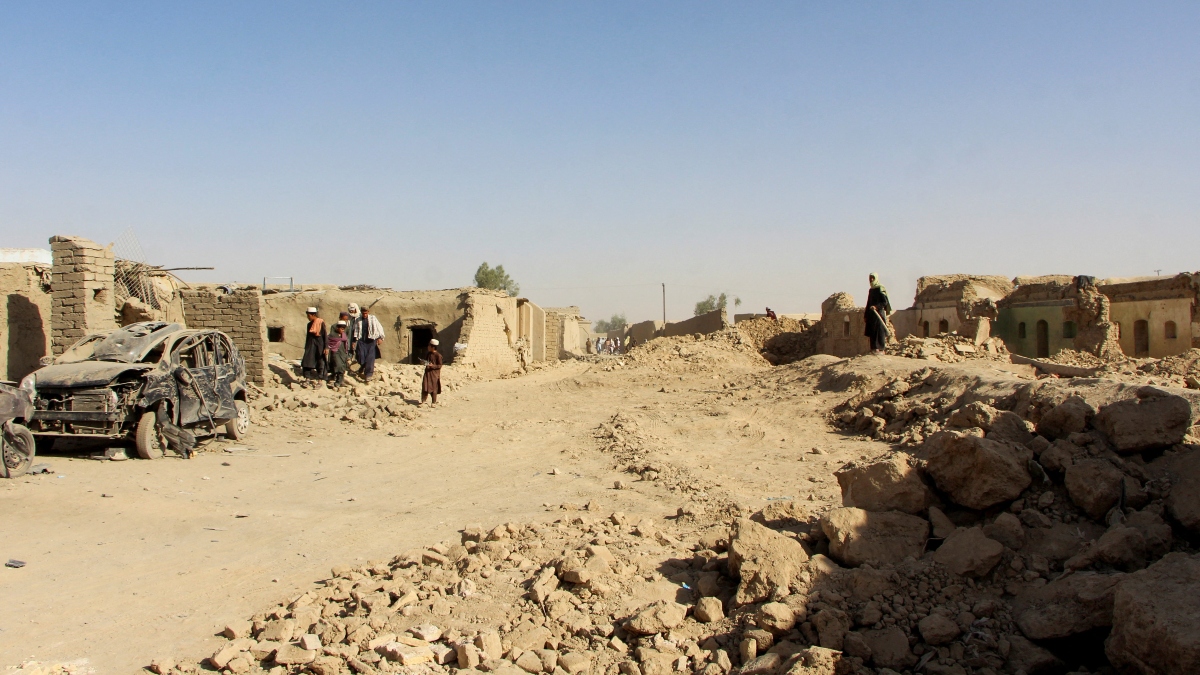Up to four-fifths of the world’s population is now living in urban areas, according to a United Nations (UN) report.
The UN’s ‘World Urbanization Prospects 2025’ report found that 81 per cent of world’s people now live in urban areas, up from 55 per cent in the 2018 report.
In the break-up, the report said that 45 per cent live in cities and towns 36 per cent live in towns.
The report was prepared by a team led by Patrick Gerland that included Sara Hertog, Lubov Zeifman, and Guangyu Zhang.
Urbanisation set to rise to 83%
By 2050, 83 per cent of the world’s population will live in urban areas, according to the report.
Compared to the previous report where researchers went by various definitions adopted by countries. they adopted uniform definitions this time.
For instance, different countries treat the idea of an urban area differently. For example, Denmark defines urban areas as places with at least 200 people. In Japan, the threshold is 50,000 people.
For the current report, the researchers defined urban areas as either cities inhabited by at least 50,000 people with at least 1,500 per square kilometre or towns with at least 5,000 inhabitants and a density of at least 300 people per square kilometres, as per the report.
The remainder of areas —where 19 per cent of the world’s population lives— were classified as rural.
“We used the same definition for all countries for the first time,” said Hertog, as per New Scientist.
Different drivers of urbanisation
Even though urbanisation has increased the world over, reasons are different in various parts of the world, as per the report.
In eastern and southern Asia, urbanisation is mainly driven by people moving from rural to urban areas domestically in search of education and employment, but also social life at times. But international migration plays a big role in improving urbanisation in Europe and North America. In sub-Saharan Africa, urbanisation is mainly down to birth rates exceeding deaths.
Quick Reads
View AllSimilarly, effects on the urbanisation can be varied.
If a city expands its borders due to population growth, but public transport links are not planned appropriately, this can lead to urban sprawl, where people rely heavily on cars, increasing carbon emissions, Hertog told New Scientist.
But if careful planning can provide transportation, the urbanisation can be more energy-efficient, noted Hertog.
There are varied health effects as well. Andrea Mechelli of King’s College London told New Scientist that people are generally more exposed to air pollution and extreme heat in cities. These conditions have been linked to worse cardiovascular health and seem to raise the risk of conditions like Alzheimer’s disease.
Moreover, the lack of green space in some urban areas is linked to increased anxiety and depression, according to Mechelli.


)

)
)
)
)
)
)
)
)



